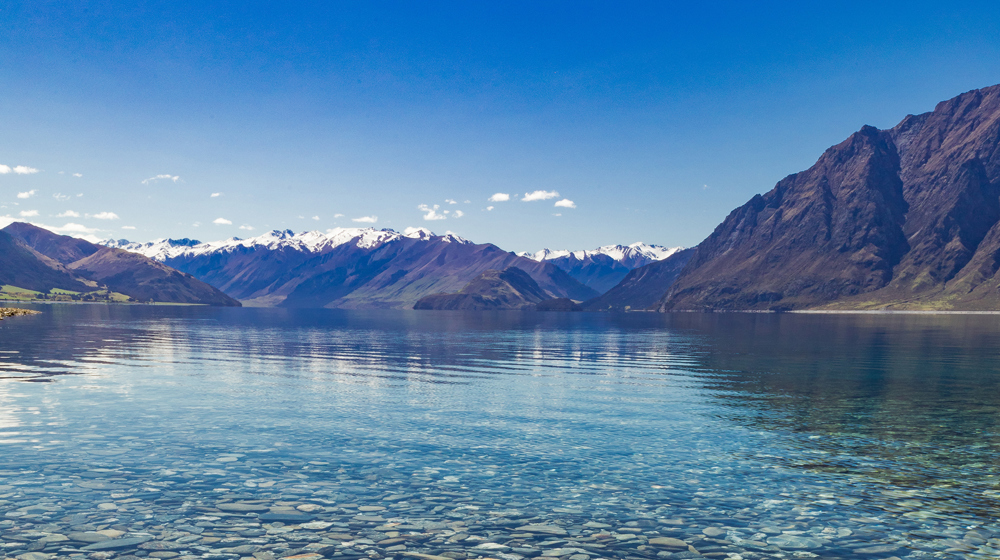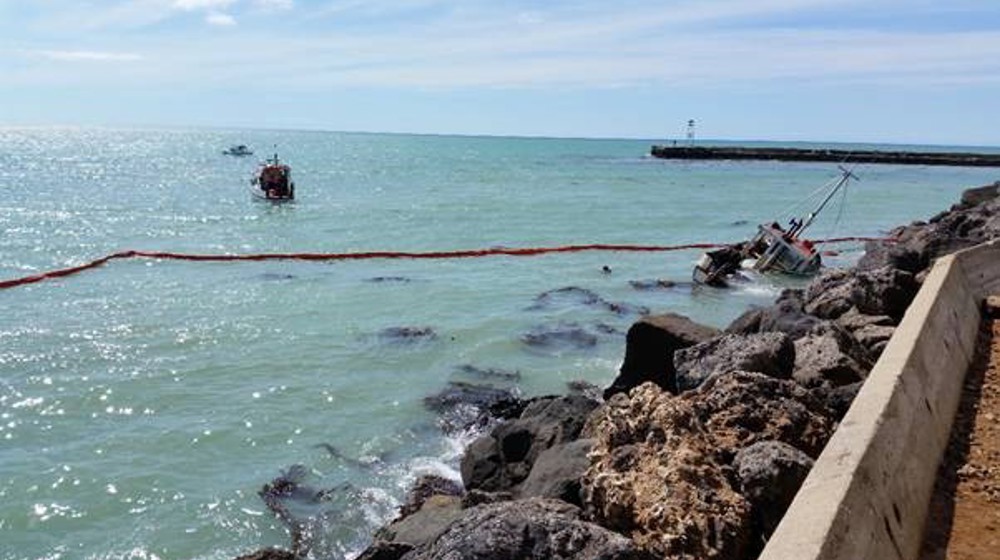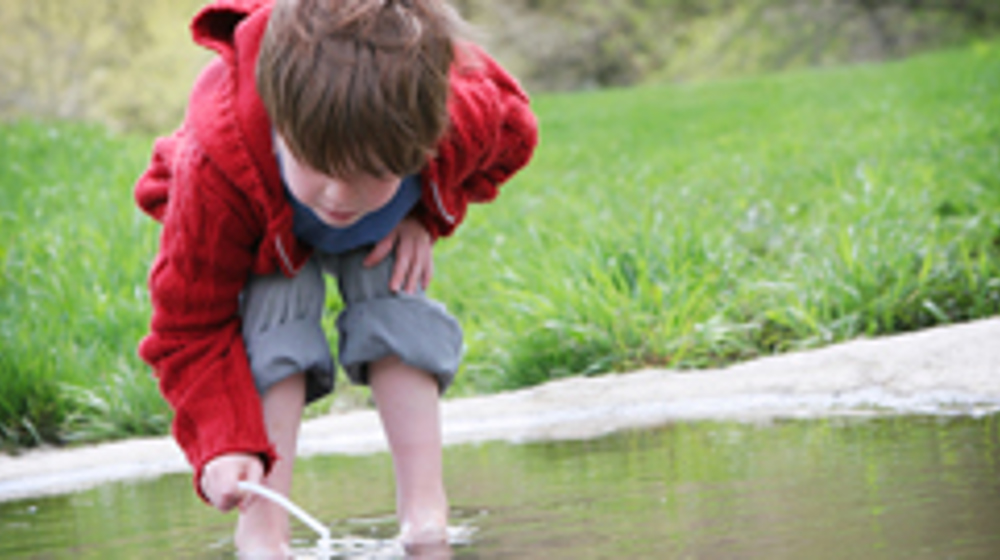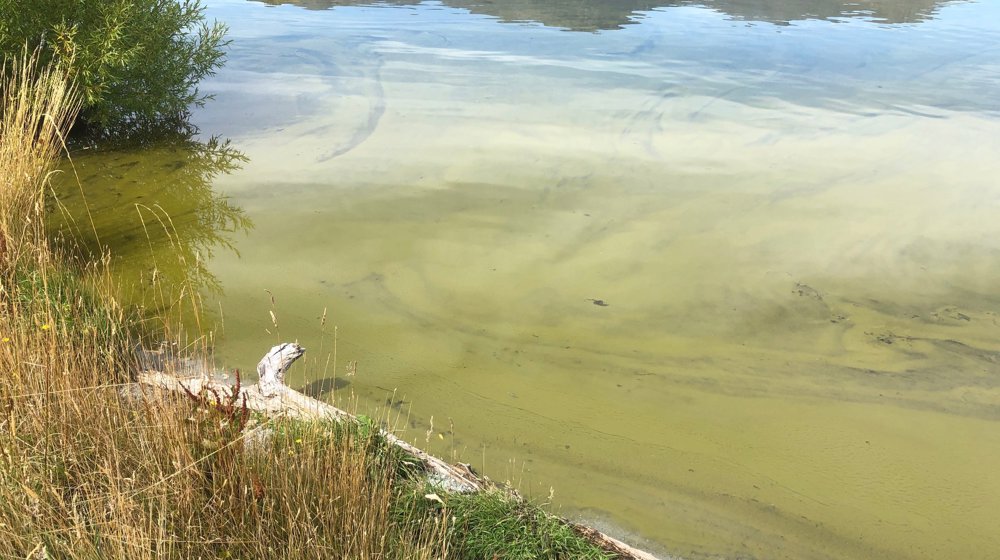-
-
-
-
-
-
Water quality
-
-
-
-
-
-
-
-
-
-
-
-
-
Otago has some of the best water quality in New Zealand, and we want to keep it that way.
We have an extensive network of water quality monitoring sites around the region. This network helps us track the health of our waterways over both the short and long term.
Otago's lakes and rivers are feeling the pressure of a growing population and land-use changes. If water quality deteriorates, it affects fish and other aquatic life, drinking water supplies and how we use water for recreation like swimming and fishing.
Demand for freshwater is increasing and despite the large water volumes in some parts of Otago, other parts are among the driest in New Zealand. So, we need to manage Otago's freshwater carefully.
The ORC runs a long-term State of Environment (SoE) monitoring programme to measure water quality in lakes, rivers, and streams throughout Otago.
We monitor eight lakes and over 100 rivers sites each month, measuring attributes set out in the National Policy Statement Freshwater Management to give a broad picture of the state of the waterbody. We also assess trends based on long-term water quality records.
Each summer, from December to March, ORC monitors recreational water quality at over 30 popular swimming spots across Otago, including rivers, lakes, and beaches. We test for bacteria which show the presence of faecal contamination and help assess the risk of disease-causing organisms in the water.
We also monitor for toxic algae (cyanobacteria) at selected river and lake sites. Cyanobacteria can become a health concern when they form large blooms, as some species produce toxins harmful to both humans and animals.
Find out more about recreational water quality on our pages:
We’re proposing new rules and regulations to protect Otago’s waterways for future generations. Some will be region-wide, while others will apply to specific parts of Otago. Our planning aligns with Te Mana o te Wai, a national policy framework recognising that the health and wellbeing of our waterways is of vital importance for our ecosystems and communities and must be protected as a priority. When we protect the health of freshwater, the health and wellbeing of the wider environment and communities is ensured.

Ministry for the Environment
Find out why clean water and healthy waterways are so important.

Land and Water Regional Plan
Otago Regional Council is developing a draft Land & Water Regional Plan. We need your input to help improve water quality and waterways. Learn more.

Report water pollution
If you observe any type of pollution in Otago, please contact our Pollution Hotline at 0800 800 033 or fill in the form on our Report Pollution page. Your information is crucial in helping us maintain a cleaner environment for everyone in Otago.





